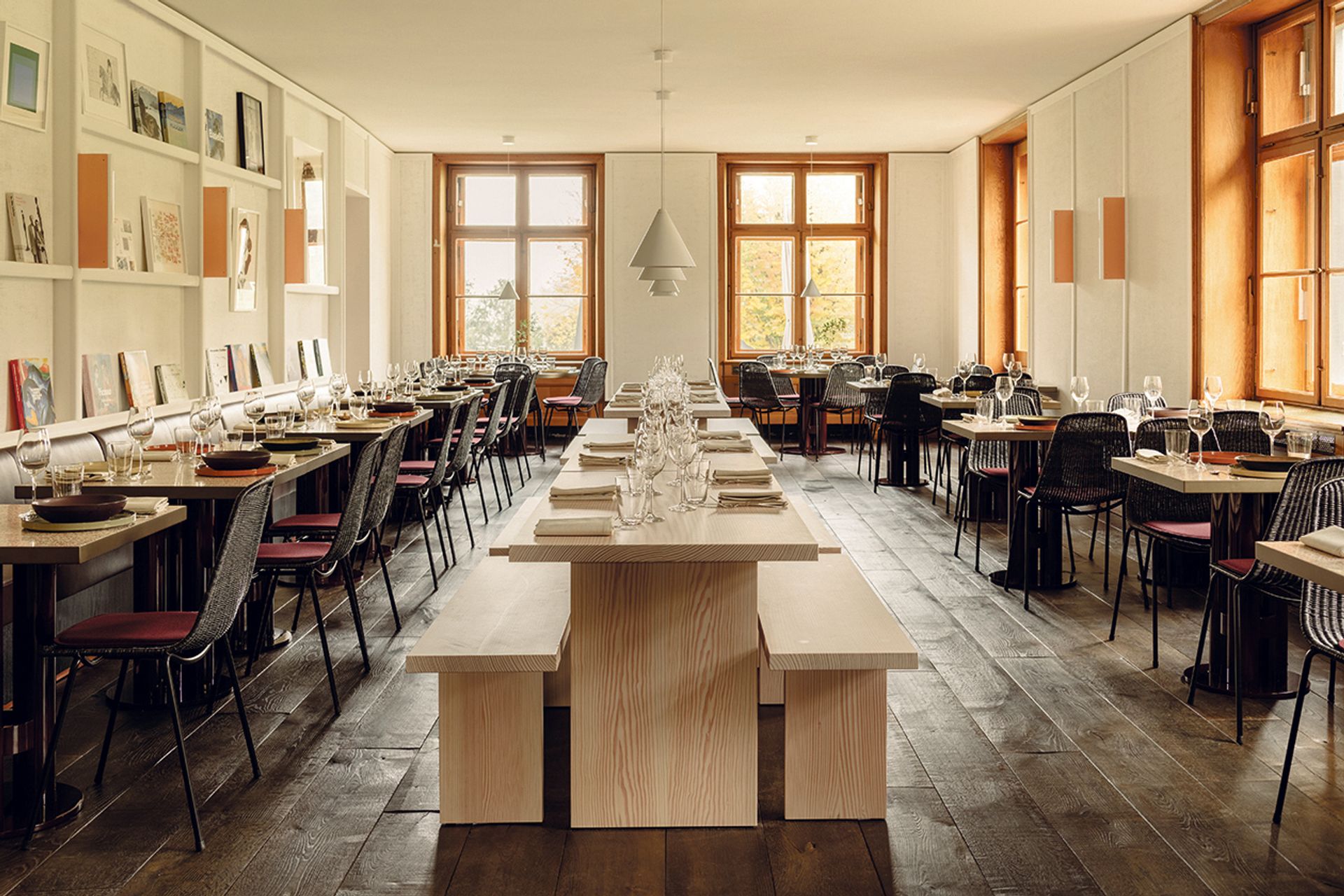Collector-philanthropist Shane Akeroyd has long been a quiet presence in the art world. As well as having served on numerous boards and institutional committees in the UK and overseas, the British-born, Hong Kong-based FinTech entrepreneur also serves as Associate Curator of the UK Pavilion at the Venice Biennale until 2030 and recently launched an annual £50,000 Acquisition Fund with Tate. On June 6, he launched the Akeroyd Collection, an online platform that shares its vast collection of film, video and moving image works in a six-week program of screenings and commissioned texts. The first program features works by Tony Cokes, Joan Jonas, Takahiro Inamori and Lydia Ourahmane. Akeroyd, who is at Art Basel this week, tells us more about his collecting habits.
The Art Newspaper: What was the first work you bought?
Shane Akeroyd: My first piece was Blinkers (1996) by Adam Chodzko then shortly after Cave (2000) by Chris Landoni, who unfortunately is no longer with us. They were each doing interesting work at that time, and I met them both. But I also collected a lot of stuff, not just moving pictures. At that time I also bought a painting by Damien Hirst, which has now been on loan to the Tate for a long time.
You have always purchased motion pictures in conjunction with other media.
I never thought about collecting moving image works specifically until relatively recently when I realized that I actually had quite a large moving image collection. It is about 200 pieces, or 15% of the overall collection, which has about 1,500 works. So it’s not a big percentage but it keeps growing because when you have a certain amount of work you want to keep adding to it. It sort of overwhelms you; all of a sudden there are these bands and bodies of work, and instead of being a casual purchase, it becomes more premeditated.
How would you define your taste?
I like things that are more difficult, that deal with important issues, whether it’s immigration or racial politics or gender politics, I have a lot of queer art in the collection, and in particular in the collection moving images. P. Staff is one of the first contributors of the site with whom I also became good friends thanks to [the curator] Polly Staple. She and Sadie Coles were both very important to this whole project; it was Sadie’s idea in the first place.
What first attracted you to art?
I had humble beginnings – a mixed-race child in a council house in Kent with a teenage mother – so there was no money and I always had to work. My brother and I were into Roxy Music and David Bowie, listening to music and, when we could, going to nightclubs in London. We were generally interested in culture before we really knew anything about it. Then, by a happy coincidence, around 1983, I met [the gallerist] Paul Stolper. His dad was a big drug dealer and I ended up hanging out at his house in Sloane Square; we started going to see shows and meeting artists. We are still very good friends.
Much of your collection seems to be shaped by the many relationships you have made in the art world, with curators, galleries and especially artists.
Massively. I am close to people who work in public galleries, in private galleries and of course, most importantly, artists. Sarah Lucas is definitely one of my favorite artists because I’ve spent the most time with her over the years, and I’m great friends with Joan Jonas. Being able to hang out with Sonia Boyce in Venice has been a real privilege, and Ingrid Pollard is also someone I’m developing a friendship with. I talk a lot to artists; it is a great privilege.

Tableware: the Im Park restaurant is essential for reading before the Fondation Beyeler © Robert Rieger/Beyeler Foundation
Where do you like to eat or drink during your stay in Basel?
The highlight of the week and a wonderful celebration is always the Kunsthalle Basel midweek dinner in the Kunsthalle restaurant. I also had super fun dinners with wonderful artists, gallery owners and collectors at Rhyschänzli. But nothing beats a lunch at the Fondation Beyeler’s Restaurant Im Park followed by an afternoon at the museum. This is where the deal for the Tate British Collection acquisition fund was struck with Maria [Balshaw] and Polly [Staple]!
What advice would you give to someone visiting Basel for the first time?
Get to know how trams work or be with a friend who does!
